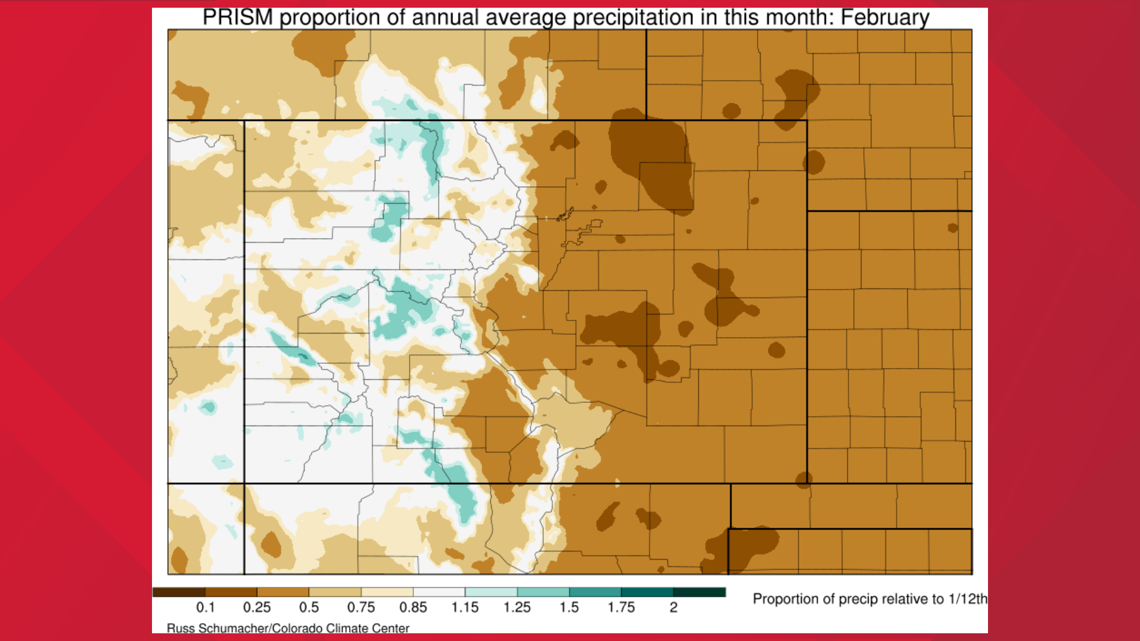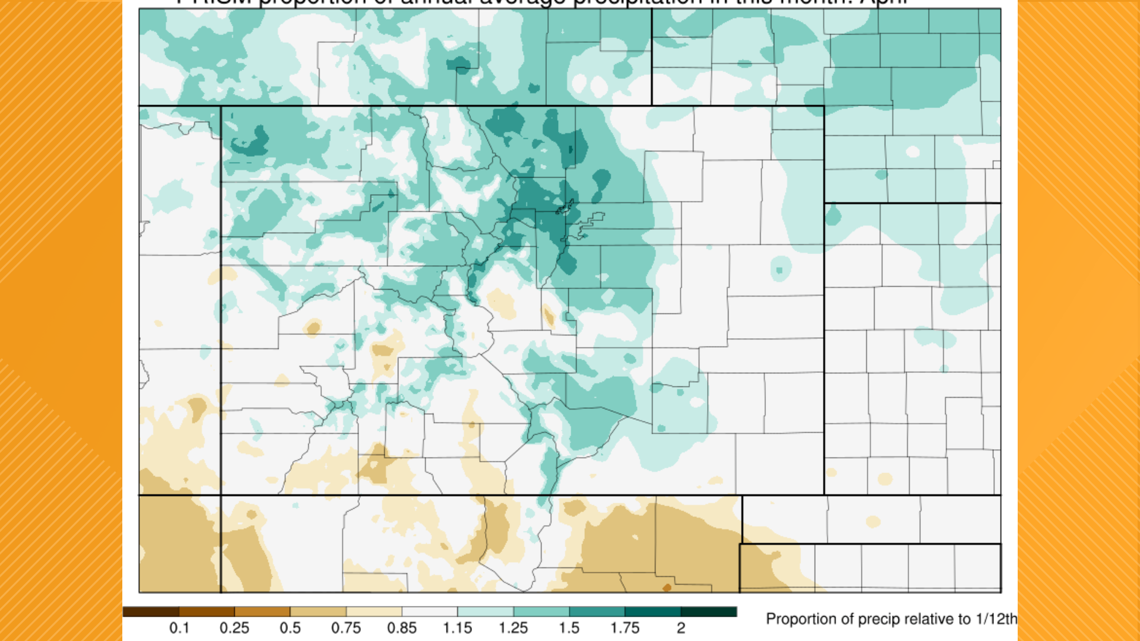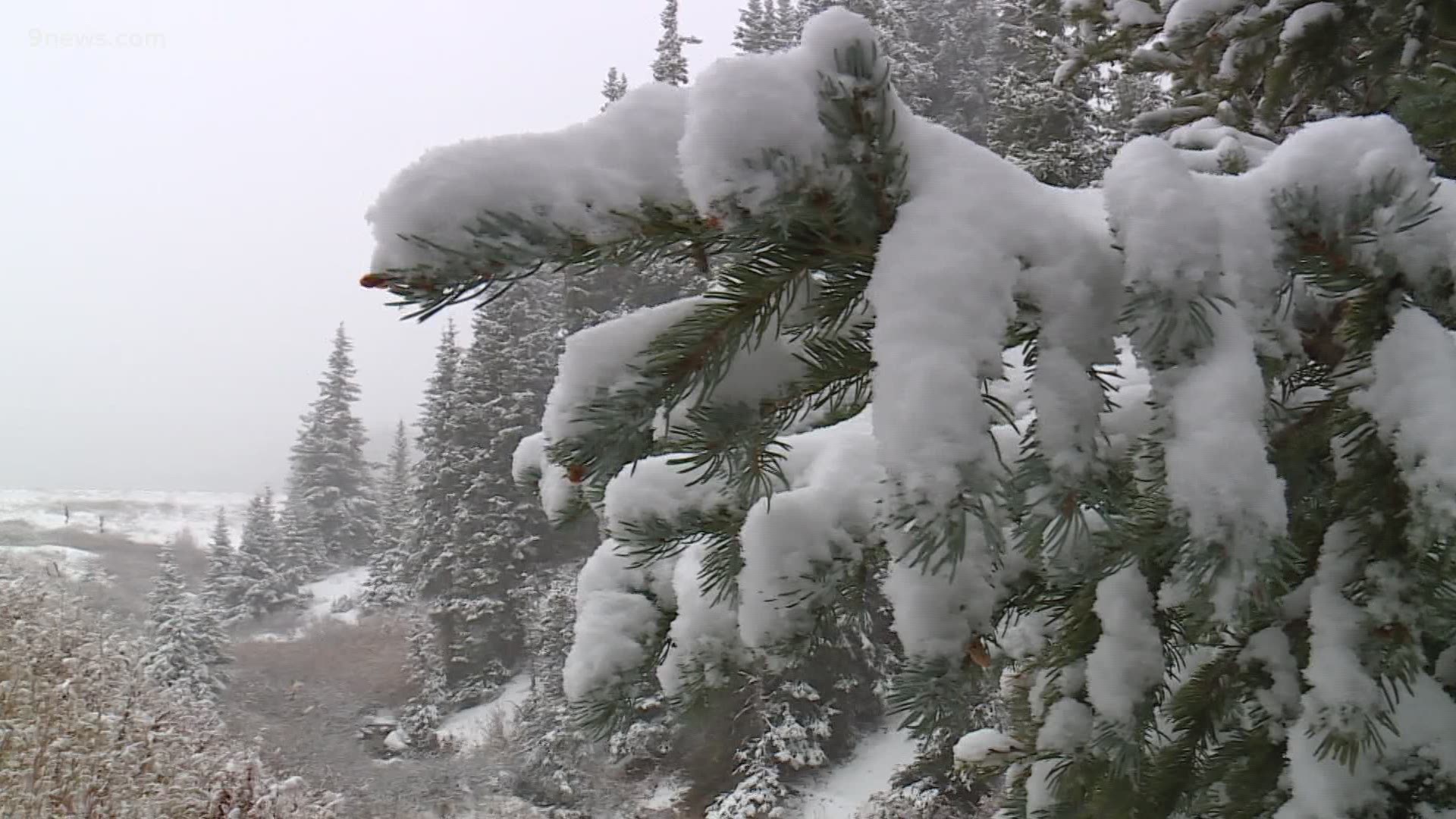COLORADO, USA — Have you made the mistake of posting on social media that you actually like the dry winter that we are having in Colorado?
You probably got a good public lashing from your peers, something about how you don't care about wildfire danger, the water supply or maybe even a weaker argument about how brown our lawns are going to be this year.
Well, you shouldn't feel bad for liking a dry winter in Colorado, especially on the Front Range. Winter precipitation doesn't really matter too much to those factors, and the weather data backs it up.
“In terms of precipitation, when we’re in January, it’s just not that important," said Assistant State Climatologist Becky Bolinger. "You’re not going to make a drought, and you’re not going to break a drought.”
She said the average precipitation down here on the plains is so low in the winter, that it doesn’t hurt the drought as much when it’s dry.
Winter in meteorology is all of December, January and February. Those are the three driest months of the year on the Front Range and eastern plains.
Denver for example, only gets about 8% of its precipitation during those months. Ft. Collins gets 9% and Akron only about 6%.
It’s the rain in April through August that’s really important, and that’s what was lacking in 2020 when this bad drought began.
“When you shift over to the mountains and the higher elevations, you’re going to start to see that the precipitation is more important in the winter,” said Bolinger.
For instance, Dillon gets about 22% of its annual precipitation from winter snow. Winter Park and Gunnison get about 25%.
It hurts the drought much more in those areas when the winter has below-average snow, which it has so far in those areas.
Even in the mountains, the big precipitation months are in the spring and summer. The Colorado Climate Center has some very interesting maps showing which months the precipitation is more important.
The northern mountains have more emphasis on the spring, which could be either rain or snow. And the southern mountains have more emphasis on the summer months, which would be mostly monsoon rains.




2020 was a good example about how rain is still king in Colorado precipitation. The state finished the snowpack season in mid-April with slightly above average snowpack, and even higher snowpack averages in the northern mountains. Wildfire danger and drought conditions were very low at that time, but then the precipitation stopped coming in May through the end of August and well, we all know what happened. The biggest wildfire season in state history.
"Just because the snow is good, doesn't mean that the snow is efficient," said Bolinger. "Which means other factors that come with below average precipitation like evaporation and sublimation can take over the climate quickly."
So don't feel bad about wanting a dry winter. Liking a dry winter doesn't make a dry winter worse, and the weather stats show that the other nine months of the year are much more impactful.
SUGGESTED VIDEOS: Science is Cool

